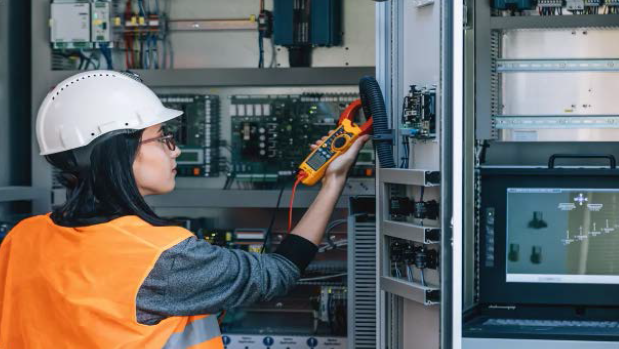Single-Phase vs 3-Phase Power Protection: What You Need to Know
Power is power, right? Well not exactly. It’s true that most of the electrical power we use is alternating current (AC) power generated by utility companies. In fact, AC power is used to deliver the vast majority of the power to our homes and businesses. But AC power can be delivered in many ways, the two most common being single-phase and 3-phase. For businesses, it’s important to understand which type of electrical power is right for your application and protecting that power with a compatible Uninterruptible Power Supply (UPS) system.

What is Single-Phase Power? Single-phase power is the most common form of AC power delivery. Because residential power requirements are generally much less than business power requirements , single-phase is sufficient.
The term Alternating Current, or AC, describes how the power alternates in cycles as the voltage peaks and dips continuously between a positive and negative amplitude. As you might expect, single-phase power produces a single wave of power, as shown below:

This graph shows that the power output of a single-phase power supply is not constant, meaning its voltage rises and falls as it passes through zero twice per cycle. During these moments, there is a temporary absence of power. So, single-phase power is not constant. While satisfactory for most residential needs, a standard 15A, 120V branch circuit can only support electrical loads up to 1800 watts. A home with a 100A, 240V electrical utility supply is limited to loads up to 24,000V.
หากคุณมีข้อกำหนดหรือข้อสงสัยใดๆ เกี่ยวกับ โซลูชัน UPS สำหรับแอปพลิเคชันของคุณ โปรดติดต่อสื่อสารกับทีมงานเฉพาะของเราได้ตลอดเวลาที่ marketing@everexceed.com
หมวดหมู่
ล่าสุด โพสต์
สแกนไปที่ WeChat:everexceed
